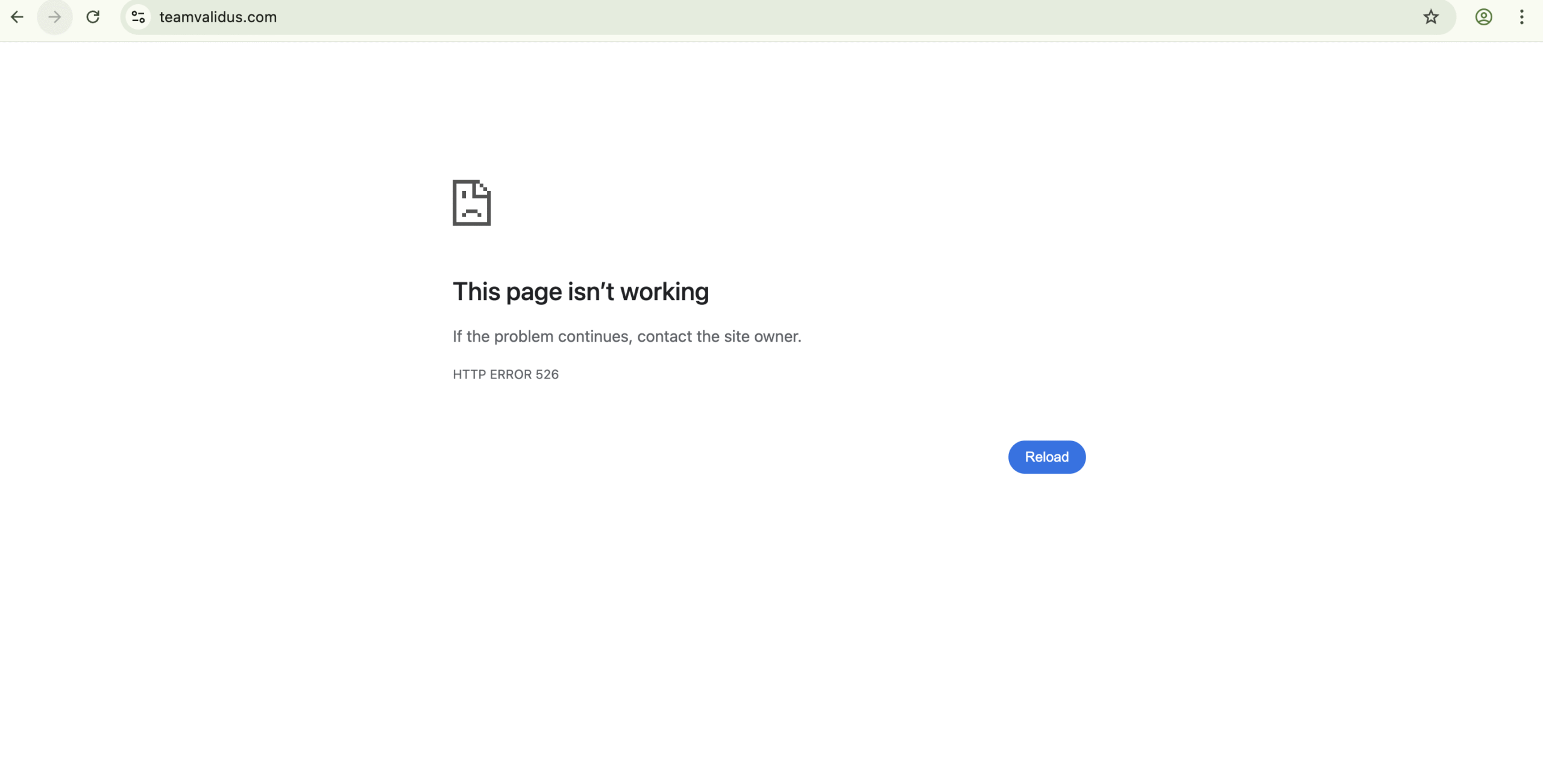Introduction
Cryptocurrency mining has always captured investors’ imagination. The idea of earning passive income by letting machines do the work is appealing, and “cloud-mining” services promise exactly that — effortless profits without buying expensive hardware. Unfortunately, for every legitimate mining operation, there are dozens of fraudulent ones preying on newcomers and even seasoned traders.
One of the latest names raising serious concerns is MiningToken.com, operating under domains such as miningtoken.com and miningtoken.org. This platform presents itself as a professional, sustainable cloud-mining company — but the evidence paints a very different picture.
This detailed review will unpack what MiningToken claims to offer, the red flags that suggest it’s a scam, the experiences of real users, and the common patterns it shares with other fraudulent schemes. By the end, you’ll see why experts agree that MiningToken is not a trustworthy investment and why you should avoid it entirely.
What MiningToken.com Claims
MiningToken.com markets itself as a high-tech, accessible, and profitable cloud-mining service. On its website and promotional materials, it promises:
-
“One-click mining” with no hardware required.
-
Guaranteed daily or weekly profits based on purchased contracts.
-
Several “investment packages” offering different levels of hash power and corresponding returns.
-
An eco-friendly and globally distributed mining infrastructure.
-
Referral bonuses for bringing in new investors.
The platform’s messaging is slick, professional, and filled with technical jargon. It speaks of “green energy,” “global partners,” and “data-center-level mining.” The interface is polished, offering users a dashboard where they can supposedly monitor daily earnings.
However, upon closer inspection, none of these claims hold up under scrutiny.
Red Flags and Evidence of Fraud
1. No Verifiable Mining Infrastructure
Legitimate cloud-mining operations show transparency: details of their mining farms, real photographs, pool statistics, energy costs, and third-party audits. MiningToken.com provides none of this.
Instead, it relies on vague stock images and generic descriptions. It never discloses where its supposed mining facilities are located, what equipment they use, or how much hash power they actually control. The lack of verifiable proof of mining activity is the first major warning sign.
Even worse, the “plans” they offer are mathematically inconsistent. Lower-cost plans sometimes promise higher returns than larger ones, which is impossible in real-world mining. The numbers are fabricated to look enticing but make no technical sense.
2. Guaranteed and Unrealistic Returns
MiningToken.com offers fixed daily returns, sometimes as high as several percent per day, regardless of Bitcoin’s price or mining difficulty.
This is impossible. Mining profits fluctuate constantly based on the blockchain’s difficulty, energy costs, and market volatility. No legitimate operation can guarantee fixed earnings, much less such high ones.
Offering fixed returns is one of the clearest indicators of a Ponzi-style or High-Yield Investment Program (HYIP) scam. In such schemes, money from new investors is used to pay early participants, creating the illusion of profit — until the scheme collapses.
3. Hidden Ownership and Dubious Company Details
Another red flag is the complete anonymity of MiningToken.com’s operators. The website hides behind private domain registration, giving no names of founders, executives, or verifiable company addresses.
Scammers often use privacy shields to conceal their identities, making it impossible for authorities or victims to hold them accountable. MiningToken’s lack of transparency in this area is especially alarming.
Claims of being operated by “investment groups” or “data-center companies” in places like Switzerland or the UK fall apart when checked — there are no corporate records to support these claims.
4. Withdrawal Problems and Contract Manipulation
Perhaps the most damning evidence comes from user experiences. People who invested in MiningToken consistently report the same pattern:
-
Initial success: At first, small withdrawals are allowed. This builds trust and convinces users to deposit more.
-
Unexpected changes: Later, the platform suddenly alters contract terms or adds new “requirements” — for example, forcing users to buy multiple contracts or settle a negative balance.
-
Blocked withdrawals: When users attempt to withdraw larger sums, withdrawals fail or become “pending” indefinitely.
-
Excuses and silence: Customer support either demands new deposits to “unlock” funds or stops responding altogether.
Many users report losing hundreds or thousands of dollars this way. Some were told they had to pay extra “fees” or “taxes” before receiving their funds — money that, of course, was never returned.
5. Fake Testimonials and Copied Website Design
MiningToken.com’s website looks professional, but experienced crypto users quickly noticed something suspicious: the design and text are identical to several other now-defunct mining scams.
The layout, pricing tables, and testimonials appear to be copied from other scam templates. The “customer reviews” are generic and overly positive, often using stock photos and unnatural English.
Even the “partnership logos” of major crypto companies displayed on the site appear to be fake — there’s no record of any collaboration between MiningToken and these brands.
6. Poor Trust Ratings Across the Internet
Independent website-safety services rate MiningToken extremely poorly. Security analysis tools classify it as a high-risk or financial scam site with trust scores as low as 1 out of 100.
This aligns perfectly with user complaints on public forums. Virtually every legitimate review platform is filled with one-star ratings and accusations of theft. It’s clear that MiningToken’s reputation in the crypto community is overwhelmingly negative.
7. Domain Switching and Disappearing Websites
MiningToken.com has already used multiple domains — miningtoken.com, miningtoken.org, and others. This is a common tactic among scam operators. Once a site gains too many negative reviews, they simply switch domains, clone the content, and start again.
The goal is to stay one step ahead of exposure while continuing to attract new victims. If you visit one version of the site and find it suddenly “under maintenance” or “rebranded,” it usually means the scammers have moved on to a fresh URL.
What Victims Say – Real User Experiences
Dozens of victims have shared their stories on forums and review platforms. A consistent picture emerges:
-
Small wins, big losses: Users were able to withdraw small amounts initially, sometimes just a few dollars, to gain confidence. After depositing more, withdrawals were blocked.
-
Changing contract rules: Some investors said their purchased contracts were automatically multiplied without consent, causing their account to go “negative.”
-
Unresponsive support: When problems began, the support chat either ignored messages or sent scripted responses demanding more deposits.
-
Total loss: In the end, most users lost their full balance. Even those who had early payouts found that later withdrawals failed completely.
A few investors also noted that the platform used high-pressure tactics — such as countdown timers and “limited slots” — to create urgency and push people to invest quickly.
How the Scam Operates
From analysing user reports and typical HYIP patterns, here’s how MiningToken most likely works behind the scenes:
-
Attraction phase: The website advertises incredible returns, flashy dashboards, and simple sign-up processes to lure new investors.
-
Trust-building phase: Initial investors receive small payouts, convincing them to invest more or recruit others.
-
Expansion phase: Word of mouth spreads. The platform gains deposits from both direct investors and referrals.
-
Manipulation phase: As the scam matures, the system begins to malfunction “on purpose” — withdrawals fail, rules change, and users are told to buy more contracts.
-
Collapse phase: Once new deposits slow down and complaints rise, the operators drain remaining funds, shut down or move the website, and disappear.
It’s the same playbook used by hundreds of short-lived online investment scams.
Why It Looks Convincing at First
It’s easy to see why many people fall for MiningToken.com. The site is polished, the dashboard looks functional, and initial payouts seem real. The scammers understand human psychology — they make it feel effortless and safe.
Some key factors that make such scams believable include:
-
Early positive reinforcement: Seeing small profits quickly lowers your guard.
-
Professional branding: The site design mimics legitimate crypto companies.
-
Social proof: Fake testimonials and referral programs give the illusion of a large, satisfied user base.
-
Complex terminology: Technical language about mining, hash rates, and green energy creates an illusion of expertise.
-
Fear of missing out: Limited-time offers or countdowns pressure users to act fast instead of investigating.
Understanding these manipulation techniques is crucial for spotting scams early.
Matching the Pattern of a Ponzi Scheme
MiningToken.com ticks every box of a modern crypto Ponzi:
| Ponzi Indicator | MiningToken Example |
|---|---|
| Fixed daily returns | Promises steady profits no matter market conditions |
| Lack of transparency | No mining locations, no proof of hardware |
| Referral bonuses | Rewards for bringing new investors |
| Early withdrawals allowed | Small initial payouts, then blocks |
| Sudden rule changes | Contracts modified or multiplied without consent |
| Anonymous owners | No identifiable management team |
| Disappearing domains | Switch from .com to .org and beyond |
Every element reinforces that this is not a genuine mining business but a structured scam disguised as one.
How to Identify Similar Scams
Before investing in any online mining or crypto project, run through this quick self-checklist:
-
Are the returns guaranteed or fixed? If yes, it’s suspicious.
-
Can you verify the mining operation? Genuine companies share photos, pool stats, and locations.
-
Who are the owners? Transparent teams list their names and LinkedIn profiles.
-
Is there independent feedback? Search for real discussions, not just testimonials on the site.
-
Are withdrawals quick and easy? Hidden fees or new conditions for withdrawal are major red flags.
-
Does the platform rely on referrals? Heavy dependence on recruitment is a Ponzi-style structure.
-
How old is the domain? Recently created domains with grand claims rarely end well.
-
Does the math add up? If returns are too consistent or exceed realistic mining profitability, it’s fake.
-
Is the support responsive and transparent? Evasive or pushy communication is another warning sign.
Following this checklist can help you avoid not only MiningToken.com but dozens of similar schemes operating under different names.
What To Do If You Invested
If you already sent money or crypto to MiningToken, the first and most important step is to stop sending any more. Scammers often try to prolong the con by claiming you need to deposit extra funds to unlock your balance — don’t fall for it.
You should also:
-
Save all communication, screenshots, and transaction records.
-
Try to withdraw any remaining balance immediately, if possible.
-
Report the platform to your local financial or cyber-crime authority.
-
Warn others by sharing your experience on social media or review sites.
While recovering funds from anonymous crypto scams is extremely difficult, reporting and spreading awareness can help protect others from the same trap.
The Final Verdict
After examining every available piece of evidence, it’s clear that MiningToken.com is a scam platform.
Here’s why:
-
It offers impossible, guaranteed returns.
-
It hides its operators and location.
-
It has no proof of real mining activity.
-
Users report widespread loss of funds.
-
The same website structure has been used in past scams.
-
Independent reviewers and safety checkers consistently flag it as unsafe.
There is no credible reason to believe MiningToken conducts any real crypto mining. Its entire operation is designed to collect deposits and disappear with investor funds.
If you’re looking for genuine ways to participate in cryptocurrency, focus on reputable exchanges, transparent mining pools, or simply buying and holding digital assets yourself.
Key Takeaways
-
MiningToken is not a legitimate business. It follows the classic Ponzi pattern disguised as a mining operation.
-
Do not invest any money you cannot afford to lose.
-
Always verify transparency — real mining companies show proof of operation.
-
Avoid platforms promising fixed returns in the volatile world of crypto.
-
Share information to prevent others from falling victim.
Closing Thoughts
MiningToken.com represents the darker side of cryptocurrency — a reminder that innovation attracts both visionaries and opportunists. While blockchain technology is genuine and full of potential, scams like this exploit the excitement surrounding it.
The best defence against these schemes is education. Learn how legitimate mining works, question unrealistic promises, and research before investing a single dollar.
In crypto, if it sounds too good to be true, it probably is. MiningToken’s story is a cautionary tale for anyone chasing effortless profit in a complex, high-risk market.
Report MiningToken.com Scam and Recover Your Funds
If you have lost money to MiningToken.com it’s important to take action immediately. Report the scam to LOSTFUNDSRECOBERY.COM, a trusted platform that assists victims in recovering their stolen funds. The sooner you act, the better your chances of reclaiming your money and holding these fraudsters accountable.
Scam brokers like MiningToken.com continue to target unsuspecting investors. Stay informed, avoid unregulated platforms, and report scams to protect yourself and others from financial fraud. Read More reviews at Scams2Avoid



